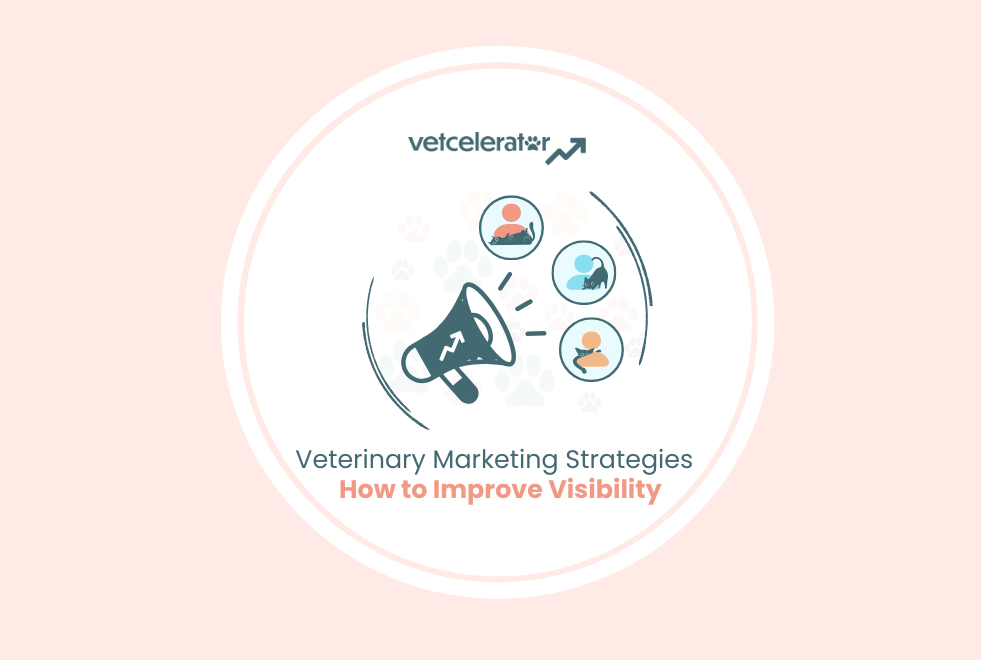Online Reviews and Outcomes
Below is part 3 of a multipart series in what we will call multi-dimensional marketing, or otherwise stated, the process of looking at your overall approach to marketing through a variety of lenses. In doing so, we hope to showcase the overall concept of marketing, which is often undervalued as simply advertising.
It is Vetcelerator’s belief that marketing is more than branding and advertising; it is a philosophy to solve problems. It is creating, communicating, and capturing value. In this lens, managing phone calls is marketing as much as the name of your company.
The table of contents for what’s to come is as follows:
- Lessons in Naming
- How do Brands Work?
- Online Reviews and Outcomes
- “Social Skills” and Cooperative Marketing
- Revisiting Competition and Purchase Consideration
In each section, we will break down definitions, conceptual and realistic strategies, and how these areas work alongside each other for a multi-dimensional interaction from the customer’s perspective.

Note From The Author
I’ve always asked myself why I have rarely seen a veterinary brand go forth with an outward marketing strategy of marketing to pet parents that their pet will, in fact, achieve the very best in quality care and/or that their hospital was at the forefront of medical research and ingenuity. Sure – many locations use terms such as “high-quality,” but those terms are ambiguous, perhaps intentionally.
To be fair, Johns Hopkins and Mayo Clinic don’t necessarily do it this way, but they certainly have that reputation. Hospitals and health systems that conduct significant amounts of groundbreaking research and have the best and brightest staff members may stand out to clinicians and the general public. While it is hard to be objective about this sort of thing, reputation matters in a war for talent.
Then, I read an interesting article in the American Medical Association about how the general public assesses quality of care in medicine when they don’t have objective measurements: user ratings.
It makes sense, intuitively, that the public uses ratings from others to assess options for any purchase. So – rather than lean into a brand of quality, it appears that a recipe for success, according to this study, is to lean into the experiential.
Drew Bartholomew
Framework for Understanding Categories of Brand Competition
A great visual of understanding how to compete across multitudes of categories is to consolidate that down into a framework. In this case, the competitive footprint can be broken into four categories that are broad enough to encompass a range of situations but specific enough and distinct enough to spot differences in competitive strategy.
BRAND: Investing in Brand is generally an investment in quality, but it can be scarcity or image. Think Ferrari, Versace, Purina, or Royal Canin. There is a positive association and a perception of the best. For more on brands, read How Do Brands Work.
EXPERIENTIAL: Experiential is the investment in customer experience. Think Sephora allowing customers to try before they buy, the food and cleanliness that draws people to Buc-ee’s, or being able to bring your pet right in the store to pick out a new toy at PetSmart.
LOW PRICE: Low Price is pretty straightforward. Think Walmart, Honda, or Ikea.
FRICTIONLESS: Frictionless is the ease of buying or using your product. Think Amazon, AirBnB, or Chewy. This doesn’t necessarily mean speed; it means less pain in the buying process. Amazon’s one-click checkout removes clicks (friction) from the buying process to delight its customers.
Do Online Reviews Matter to Patient or Client Flow?
Yes, according to the earlier mentioned study from the AMA. Unfortunately, this study did use Yelp, so an assumption has to be made that Google would generate similar results. This study found that:
“Physicians with 5-star ratings gain, on average, +4.1% more in revenue annually, compared to the -3.4% loss for 1-star physicians…the estimates show that a one-star increase in Yelp ratings is associated with a 1%–2% increase in a physician’s revenue and patient volume…Further, we find that patients’ responses to online ratings are greater for physicians with more reviews.”
Reviews are positively correlated to patient flow and revenue. Increased quantity and quality of reviews are a form of signaling theory. When there are not clear, objective measures across competitive offerings and/or it would be otherwise difficult to subjectively judge them through experience, individuals can rely on the collective to help them make decisions. Online reviews, in both quality and quantity, signal to individuals what choice they should make.
But that is not the most interesting part.
So Online Reviews Matter – But Why?
Tying this back to the framework above, what is interesting about the study from the AMA is what parts of the review matter most to determining patient flow.
“Reviews related to ‘bedside manner’ have the highest positive effect on patient flow. ‘Clinical rating’ reviews [think quality metrics] have positive effects on patient flow. Items related to waiting time, amenities, scheduling, and billing do not have significant effects on a patient’s physician choice decisions.”
Based on this research, “Clinical Rating” can be seen as connected to Brand, “Bedside Manner” to Experiential, and the other items in the text to “Low Cost” and “Frictionless.” This is now a framework for competition within veterinary and pet care brands. Leaning into Experiential leads to the highest impact on revenue, while Brand is second, and Frictionless and Low Cost are less important. So, not only is getting the review important, but getting the review for things such as communication, listening, and explaining their medicine has the highest impact on prospective clients, according to the study.
How Does a Veterinary Clinic or Pet Care Facility Get More Reviews?
There are several methods to encourage clients to leave your business reviews.
- Just Ask: Asking for the review will undoubtedly get you more reviews.
- Remove Friction: The hardest path is for customers to google your name, find your vet clinic, and click leave a review. Removing friction will get you more reviews. Clinic owners can put a review link on their invoice or take-away notes. A QR code can be placed at the front desk or on the walls of the clinic for a simple scan. A follow-up text can be sent asking for the review with a review link by utilizing client communication software.
- Make The Process Experiential: As shown in the framework, you can also make it experiential. Consider the case of the coffee shop that received more tips by calling to the identity of the person receiving the service. Creating a dog tip jar and a cat tip jar led to increased tipping. Vetcelerator did the same for clinics and created a dog-lovers review link and a cat-lovers review link in a showdown format. The result: more reviews! You can also make the experiential process hyper-local with a focus on what matters to clients in your area, e.g. a “War Eagle” or “Roll Tide” review link in Alabama. For more on the importance of hyper-local marketing, read Thriving in a Hyper-Local Market.
Can Online Reviews Also Signal to a Prospective Buyer of Your Veterinary Practice?
Maybe. In a recent meeting with a practice advisory firm, Vetcelerator was told that some larger hospital systems are incorporating reviews into their criteria for purchase. Again, signaling theory suggests that these are higher quality practices, and it seems that the market for these reviews may not just be prospective clients of your veterinary hospital or pet care facility but ultimate buyers of it!
Conclusion
In a competitive landscape for veterinary clinics and pet care brands, online reviews are reputation and revenue drivers. As the data shows, the right kind of review, especially those highlighting a positive bedside manner of communication and care, can influence client flow and possibly even practice valuation. Vetcelerator helps veterinary and pet care practices with strategies to get more reviews. We can elevate your brand’s experience and visibility through our marketing expertise. Reach out to us today to start optimizing your marketing.




